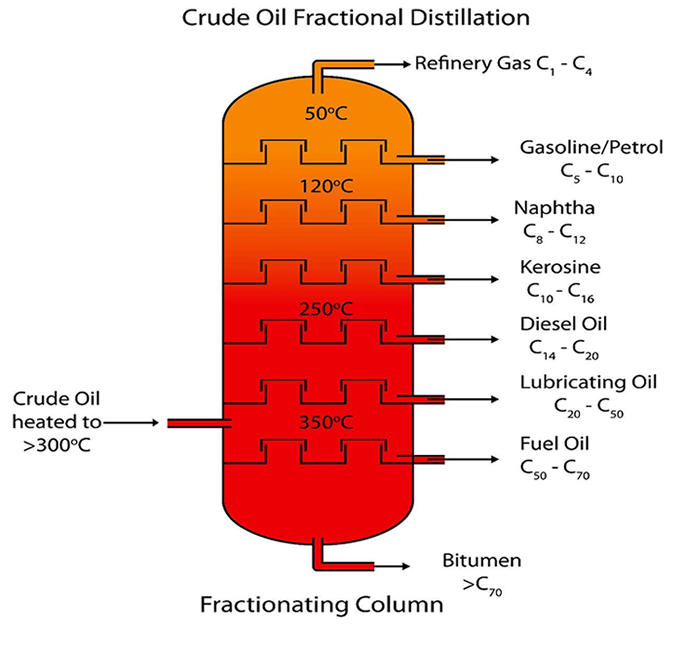We all know that there are SJ, SL, SM, and SN grades in the market, but how do we distinguish these levels? We interviewed experts in the field of lubricants, let’s continue with the topic that we didn’t finish last week.
Candy Zhang: What is the difference between the antioxidant properties of SM and SL?
Expert: SM high temperature and high speed anti-oxidation experiment, is 3G experiment, the engine is still Buick 3.8V6, the engine speed is still 3600 rpm, however, the experimental time is 100 hours longer, and the load is further increased by 91.7 kW, which is 18.7 kW more than the load of the SL 3F experiment. The anti-oxidation performance requirement of SM 3G test results is: After 100 hours of experiment, the 40 °C kinematic viscosity of the old oil can not be greater than 150% of the new oil 40 ° C kinematic viscosity, and the severity is almost twice that of SL.Therefore, SM has better oxidation resistance than SL. China’s fuel quality varies from good to bad. Recently, I heard that the poor quality of gasoline provided by a gas station in Hefei has caused damage to more than 2,000 vehicles. Therefore, in such an environment full of inferior fuel everywhere, in order to be safe, it is recommended that you use SM and SN, which have excellent antioxidant properties.
Candy Zhang: Will the quality of gasoline also affect the antioxidant properties of engine oil?
Expert: Of course, for example, transmission oil and drive axle oil, their working temperature is also very high, but their service life is very long, Volkswagen’s transmission oil does not need to be replaced for life, but the engine oil can not be replaced. Why the oil has a short service life, the most important reason is that it is contaminated by the oxidant produced by fuel combustion. The inferior gasoline burns more hydrates and gums, so the oil is polluted faster and the oil is more susceptible to oxidative deterioration. This is like the hydroxide is a virus, SM engine oil has enough antibodies to kill the virus.
Candy Zhang: So what is the difference between the abrasion resistance of SL and SM?
Expert: SM’s 3G experiment, because the engine load is increased, but the indicators are also relaxed, so that the experimental comparison from 3G and 3F can not reflect the victory. We could compare with another engine experiment, this is a special anti-wear engine experiment called 4A engine experiment, which simulates the wear and tear of the engine intake and exhaust system under idle and low-speed driving conditions, SL’s 4A specification requires an average camshaft wear of no more than 120 microns after 100 hours of experimentation, while SM’s 4A specification requires an average camshaft wear of no more than 90 microns after 100 hours of experimentation. From this point of view, the wear resistance of SM is better than SL.
Candy Zhang: Since last year, there have been a lot of SN grade oils in the market, such as Mobil’s Speedmaster 1000 in the Mobil lubricant series, then you can answer the difference between SN and SM.
Expert: Ok. In recent years, turbocharged and direct injection engines seem to be a trend, such as Volkswagen’s 1.4T, 1.8T, 2.0T, universal 1.6T, 2.0T, recently, a turbocharged direct injection engine has appeared in the market. The turbocharged engine has a higher working temperature, which requires a higher temperature cleanliness of oil products. So SN oil is mainly from the high-temperature detergency to improve. For example, the same TEOST MHT high temperature sediment experiment: The SN requirement is no more than 35 mg; the SM requirement is no more than 45 mg.For the same 3G engine test, the average piston deposit score: SN requires no less than 4 points, and SM requires no less than 3.5 points. For another example, the same VG engine experiment, the average engine sludge score: SN requirement is not less than 8 points, SM requirements are not less than 7.8 points; Rocker cap sludge score: SN requirement is not less than 8.3 points, SM requirements are not less than 8 points; Oil ring plugging rate: SN requirement is no more than 15%, SM requirement is not much 20%. SN’s high temperature detergency is higher than SM, especially for turbocharged engines.

